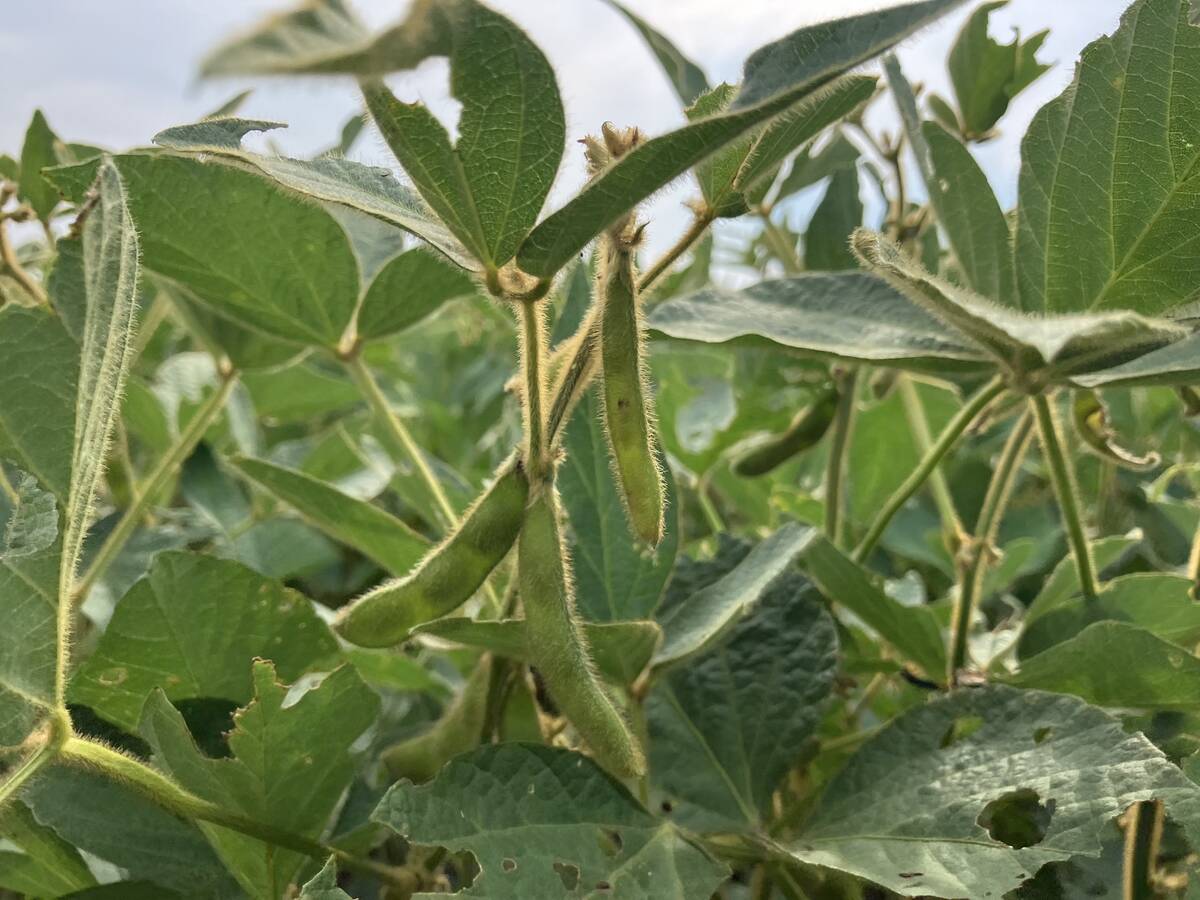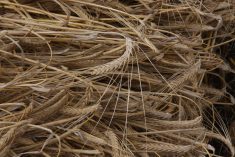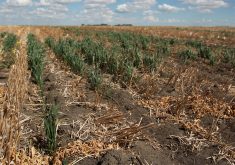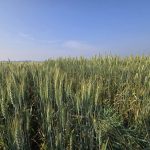Alberta continues to outpace the two other prairie provinces when it comes to farmland values.
The latest figures from Farm Credit Canada show land values in Alberta increased by 4.8 percent in the second half of 2006.
During the same period, land values rose by 1.3 percent in Saskatchewan and 2.9 percent in Manitoba.
FCC land market analyst Roy Hjelte said the strong Alberta economy, combined with increased optimism in the grain sector and developments in the biofuel industry, are all contributing to the red hot land market.
Read Also

U.S. loses out on sales of soybean to China
U.S. soybean exporters risk missing out on billions of dollars worth of sales to China this year as trade talks drag on and buyers in the top oilseed importer lock in cargoes from Brazil.
In the three years ending in 2006, farmland values in the province increased by 25 percent.
Figures from Statistics Canada indicate that the value of Alberta farmland, including farm buildings averaged $842 an acre in 2005.
Applying FCC’s survey results to that number, the average value in 2006 would have been about $916.
That compares with an estimated 2006 average value of $631 an acre in Manitoba and $360 an acre in Saskatchewan.
Land prices in Alberta have been higher than the other two prairie provinces every year since 1981, the earliest year for which statistics are available.
The gap between land values in Alberta and Saskatchewan and Manitoba has been increasing steadily over the past decade.
In 1995, the average in Alberta was 1.72 times Saskatchewan and 1.54 times Manitoba.
In 2005 the gap had widened to 2.4 times Saskatchewan and 1.6 times Manitoba.
Hjelte cautioned that while the trends are undeniable, prices can vary greatly within a province depending on local land quality, historical yields in an area and the proximity to urban areas.
In British Columbia, for example, where land values averaged $2,396 an acre in 2005, actual selling prices could range from $50,000 an acre in the Fraser River Valley to $200 an acre in the Interior.
The range would be less dramatic on the Prairies.
“I think it would be narrower in Saskatchewan but still we have cultivated land that’s priced close to $1,000 and some for $200,” he said.
Here’s what FCC had to say about the factors affecting land values in the second half of 2006:
- Manitoba – The 2.9 percent increase in the second half of 2006 was the biggest in three years. The highest increases were in special crop producing areas and the grain growing region of west-central Manitoba.
- Saskatchewan – Improved grain prices, coupled with growing interest in biofuel, helped boost land prices. Interest from out-of-province buyers was strong, and reasonable financing costs helped offset rising input expenses.
- Alberta – Land values increased throughout central and northern parts of the province in response to an improved outlook for grain and oilseed markets.
Demand for land is also strong in urban fringe areas and in the north-south corridor running from Lethbridge to Grande Prairie. Cultivated dryland outside that corridor is lagging behind.
















